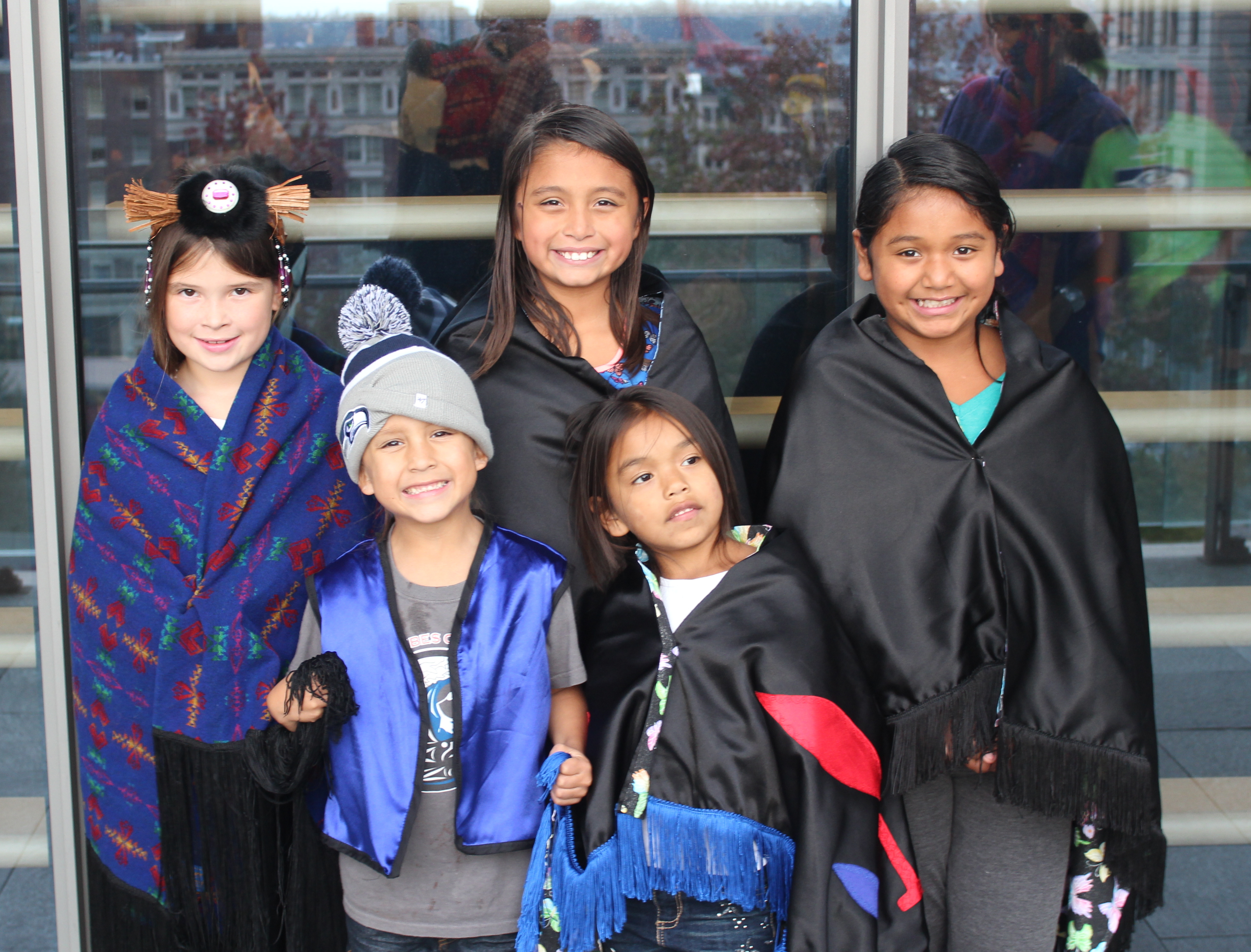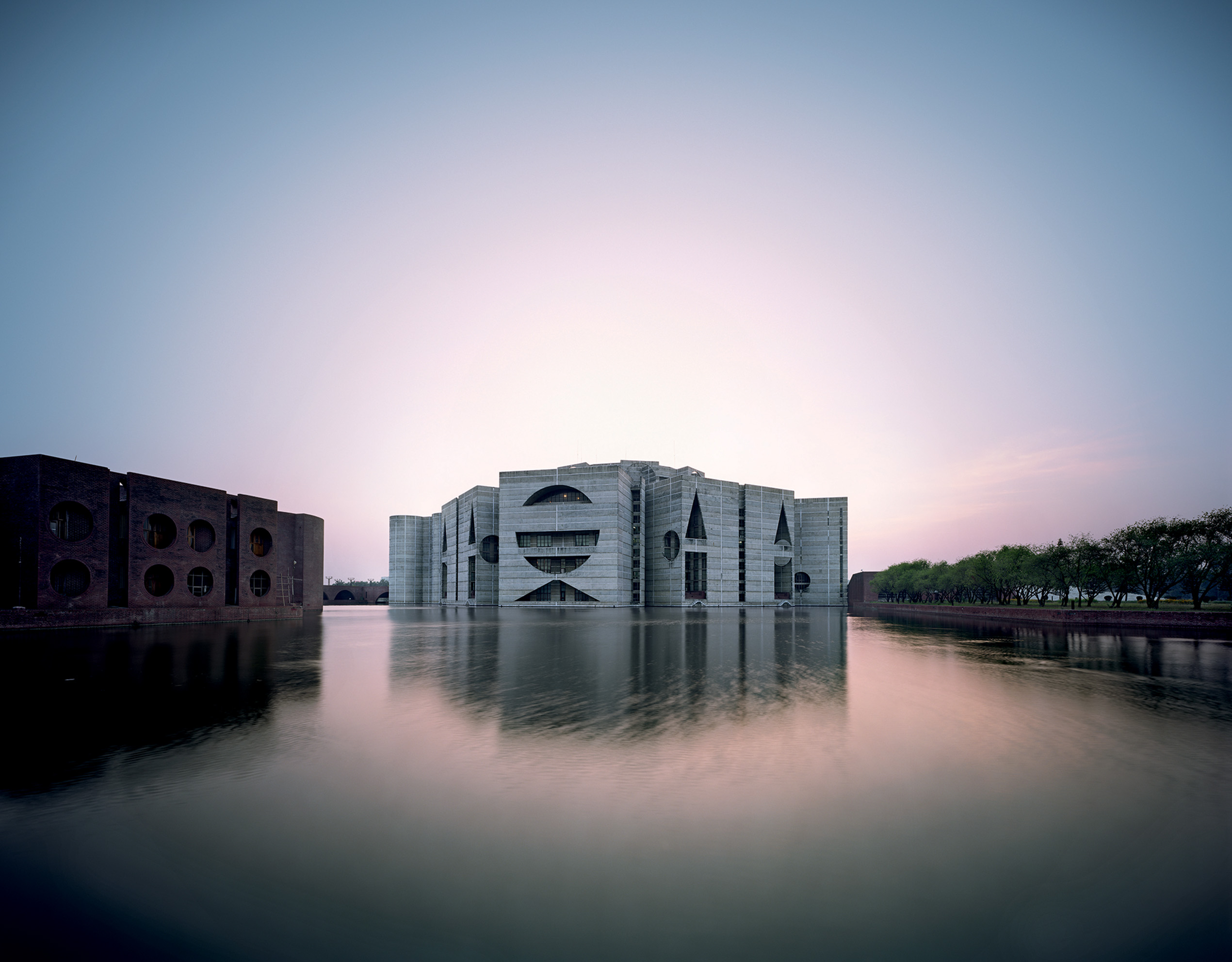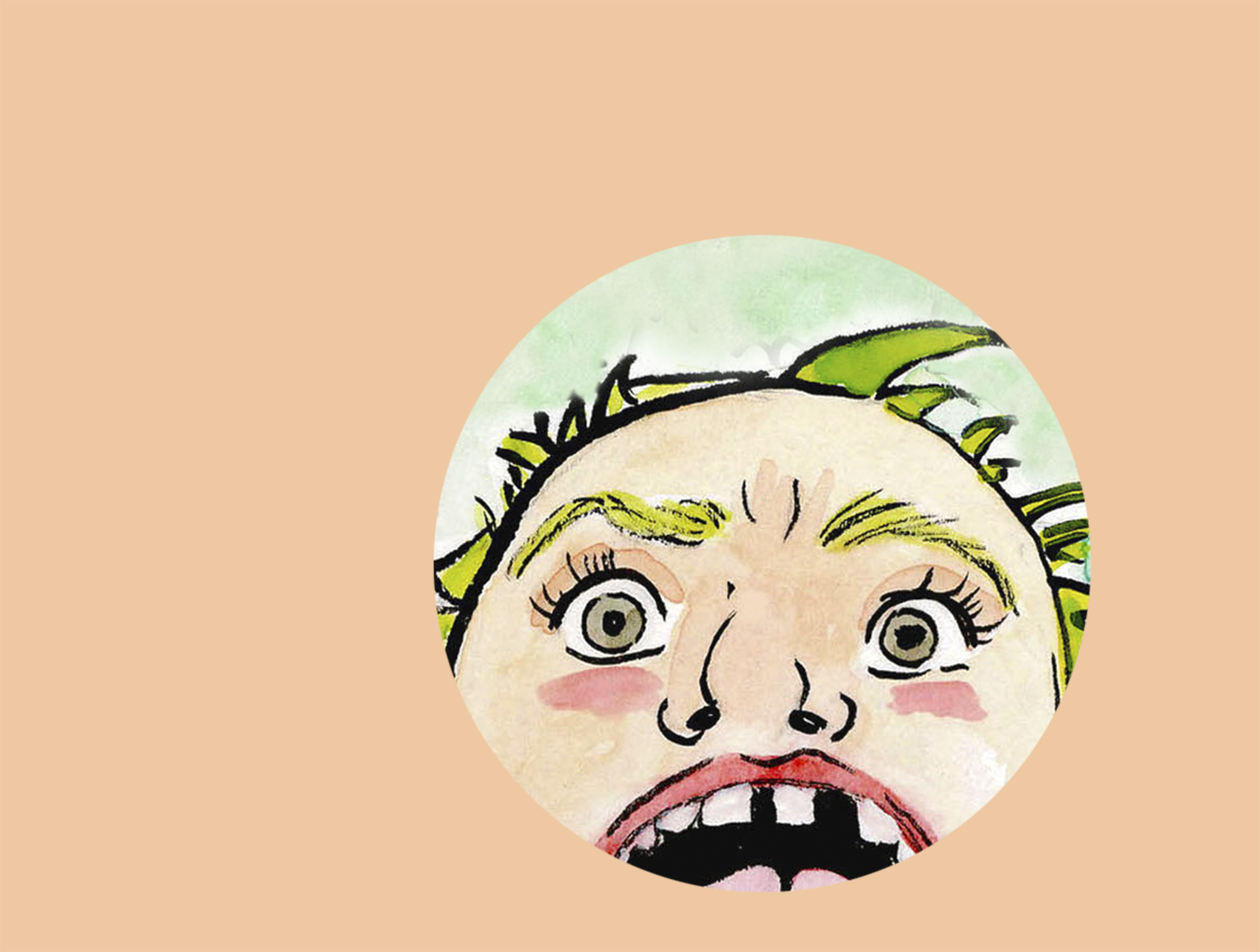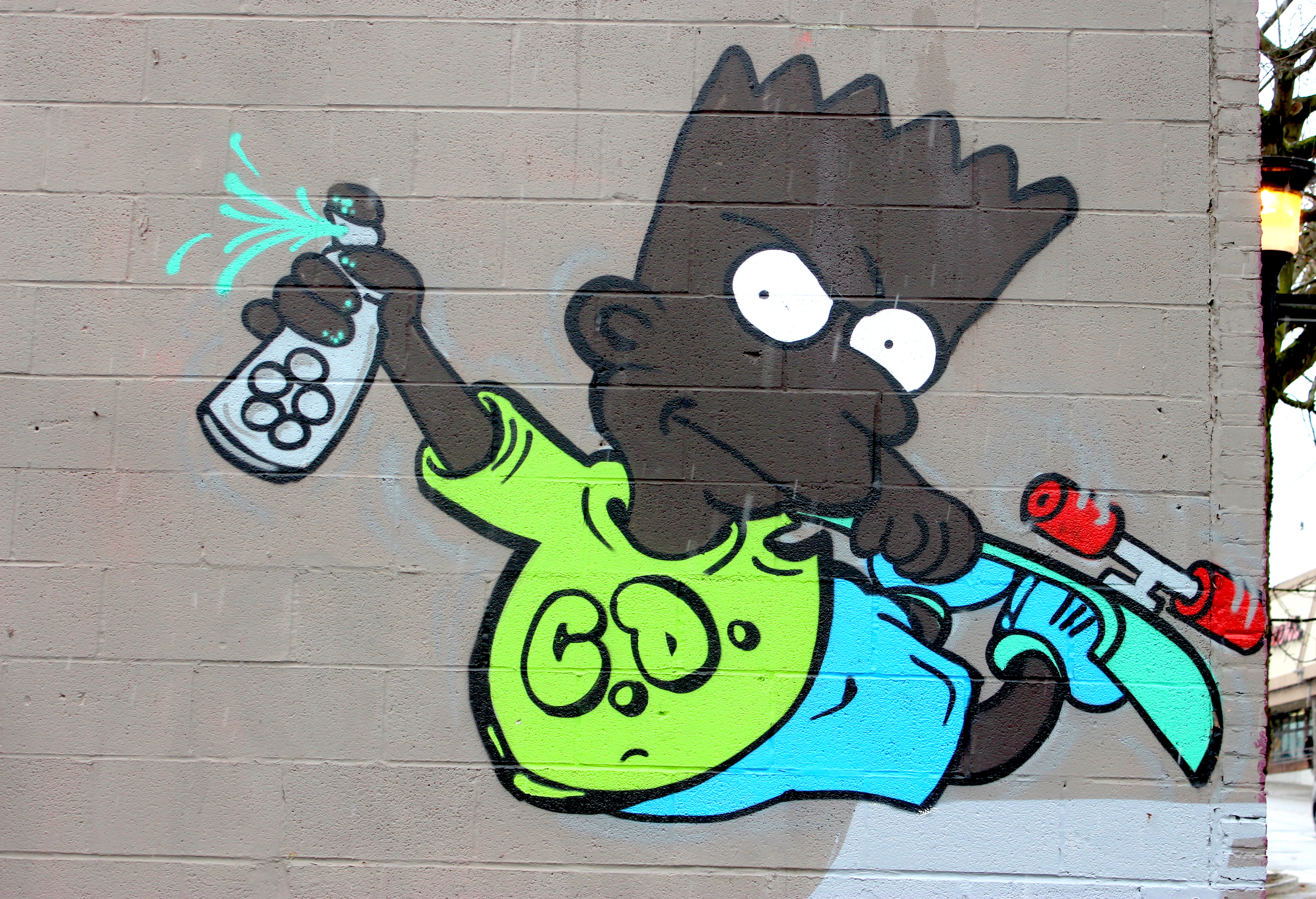Indigenous Peoples’ Day resolution writer, Matt Remle, at City Hall.
Representatives of the Duwamish, Suquamish, the Lower Elwah, the Puyallup, Muckleshoot, Tulalip and Colville tribes are buzzing inside a packed Seattle City Hall. Many are holding drums, donning the traditional regalia of their people. Any minute now, the mayor will arrive to sign the Indigenous Peoples’ Day resolution, a moment that’s been in the making since the American Indian movement of the 70s.
It’s been a long road getting here.
For all of the elders present in City Hall though, it’s hard not to notice that the makeup of the room is probably 40 percent children.
Banging tiny kid-sized drums, dressed in miniaturized versions of their parents’ colorful traditional clothing, they are rolling on the ground, laughing, squealing, and chasing each other around the place. It’s the most alive City Hall has felt in a long time.
Matt Remle, the Lakota author of the Indigenous Peoples’ Day resolution, is standing in the corner next to his wife with three young kids of his own. Remle ruffles his son’s hair, who responds by throwing his Spider Man hoodie up and grinning at his dad. Remle chuckles. Throughout the whole Indigenous Peoples’ Day campaign in Seattle, this is one of the few events he’s brought his kids to, for reasons he will explain to me later.
Although Remle is about to see the completion of he and his community’s massive and historic undertaking, he’s already planning his next move.
“I’ve been talking to a lot of people about a plan to set up blockades along the coal train route from the mines in Wyoming and Montana all the way to the proposed terminal at Cherry Point,” Remle says, “all along the length of the whole thing. We’re going to send a message that we’ve had enough—that we are going continue to do everything in our power to protect what’s sacred and protect our next generations. You know, these little guys.”
Remle points at his kids.
Mayor Ed Murray finally arrives for the signing. The buzzing stops, and everyone excitedly takes a seat.
“We are here to honor this region’s original inhabitants,” Murray says into the microphone, “a commemoration intended to spark a productive conversation about the contribution of indigenous people, but more importantly, their continued presence and influence throughout this city, this state, and this nation. We must acknowledge the injustices faced by native peoples of this land. It is an opportunity to come together and to heal.”
“But unforunately, in our civic discussion over the last week, we have seen an inundation in my office of racist statements about indigenous people. There is no place in this city for condemning people with racist statements. In the words of Maya Angelou, ‘History, despite its wrenching pain, cannot be unlived, but if faced with courage, need not be lived again.'”
E) An unprecedented chance for healing in a society that has almost completely lost any sense of sacredness.I cannot remember a time in my life that I’ve ever been more furious than the day following the passage of the Indigenous Peoples’ Day resolution.
The day the resolution passed, it was quite the contrary: I was filled with hope.
The day after, I was quickly beaten down.
I could not believe the local and national response to what I considered a complete no-brainer decision. Every story I read about the passage of Indigenous Peoples’ Day, including my own, was overwhelmed with comments featuring some of the most overt racism and souless nihilism I’ve ever seen in my life. Post-Ferguson, I suppose I shouldn’t have been surprised. But I was.
Local media outlets like Kiro were complicit too—openly baiting ignorance and discrimination from its readers and viewers with Facebook posts designed to drive up web traffic at the expense of any sense of moral dignity or pride in human progress. And the world took the bait.
“I had to shield my kids from it,” Matt Remle tells me after Murray’s speech. “I didn’t take them to certain events where I knew they would hear these people saying these things. I had to tell my daughter not to read the comments section. She was getting so upset. It was surprising how international it was too—I found some of the most racially charged comments on a Russian news site.”
Perhaps in light of my own personal fuming, one of the most striking things I’ve noticed about Matt Remle is how unphased and levelheaded he’s been throughout this episode. He’s been incredibly grounded.
Almost cheerful even.
When I watched a man corner and yell at him after a particularly heated hearing in the council chambers, Remle simply laughed it off.
I ask Remle how he has managed to stay so calm throughout this whole episode.
He pauses for a moment to think.
“Those people, they’re missing something inside of them,” he says. “They’ve lost their spirit, so I can’t really be angry. What we’re really fighting for isn’t for us, it isn’t for me. It’s for the next generation, healing for our elders, and for our mother the Earth. Someone just has to take the bumps and bruises on the way in order to protect what’s sacred.”
Seattle based Lakota artist Cheyenne Randall’s mural for Honor the Treaties in North Dakota.
The local Indigenous Peoples’ Day campaign in Seattle is not an isolated event. North America is in the midst of a massive resurgence of Indigenous activism. Idle No More, Honor the Treaties, Last Real Indians, these movements and outlets to fight for Indigenous rights in the U.S. and Canada have spread like wildfire in the past decade. A phrase that’s oft repeated across these movements is “Protect the Sacred.”
It’s become a banner phrase for the local Nawtsamaat Alliance as well, a newly formed coalition of natives and non-natives “united in power to protect the sacredness of the Salish Sea” from threats like the proposed Kinder Morgen pipeline in Canada and the coal export terminals at Cherry Point on Lummi land in the Northwestern corner of the state. Part of the purpose of the Nawtsamaat is to point out the often overlooked intersection of Indigenous rights and the interests of non-native environmental groups—both are actively fighting to keep unchecked corporations and government interests from destroying their homes. Separate, these groups have had their own varying levels of clout, but together, these groups are stronger.
The voices of Indigenous people have added a much needed component to the non-native environmental movement—a rootedness in spirit.
An interspirit cedar bough blessing ended the first Nawtsamaat Alliance meeting in Seattle last month.
“I’m grounded in our traditional way,” Remle explains. “I think that helps. Our ceremonies teach us about patience, remaining grounded and remaining connected. Most Native ceremonies are about renewal. It’s not about renewal for just us, it’s about renewal for everything. It’s a similar sentiment you’ll find amongst indigenous peoples no matter where you go. In the Amazon, they are physically fighting back to protect the sacredness of the rainforest. But it’s also understanding that the Earth is literally all of our’s first mother. We can’t stop all these other social ills and these issues of violence until we stop the violence against Her.”
It’s a spiritual fight that’s been waged in North America for 500 years. And as Remle sees it, the nature of the fight isn’t much different now than it was back when Columbus first landed.
“If you really think about the past 500 years, the issues and struggles themselves haven’t really changed that much,” Remle says. “It’s about land, and resources and the extraction of our resources.”
“They’re still after our land with the coal—mining it in the Lakota territory where I’m from in the Powder River Basin and shipping it all the way up to the Lummi land here in Washington. The Bakken oil is in tribal area. The Alberta tar sands are in treaty lands. It’s one of history’s rich ironies that these reservations that were supposed to be desolate ended up being the most resource rich areas in the country. Back then it was gold they were after, now its oil. It really hasn’t changed much.”
“The only difference I see now is that non-natives are having an awakening—a realization of the nation’s brutal genocidal past, and maybe, that they’re confronting their feelings that something is spiritually missing in this society that allows for this still to happen today.”
Remle smiles.
“Maybe Indigenous Peoples’ Day and all of this is also about healing for the non-native community too.”








